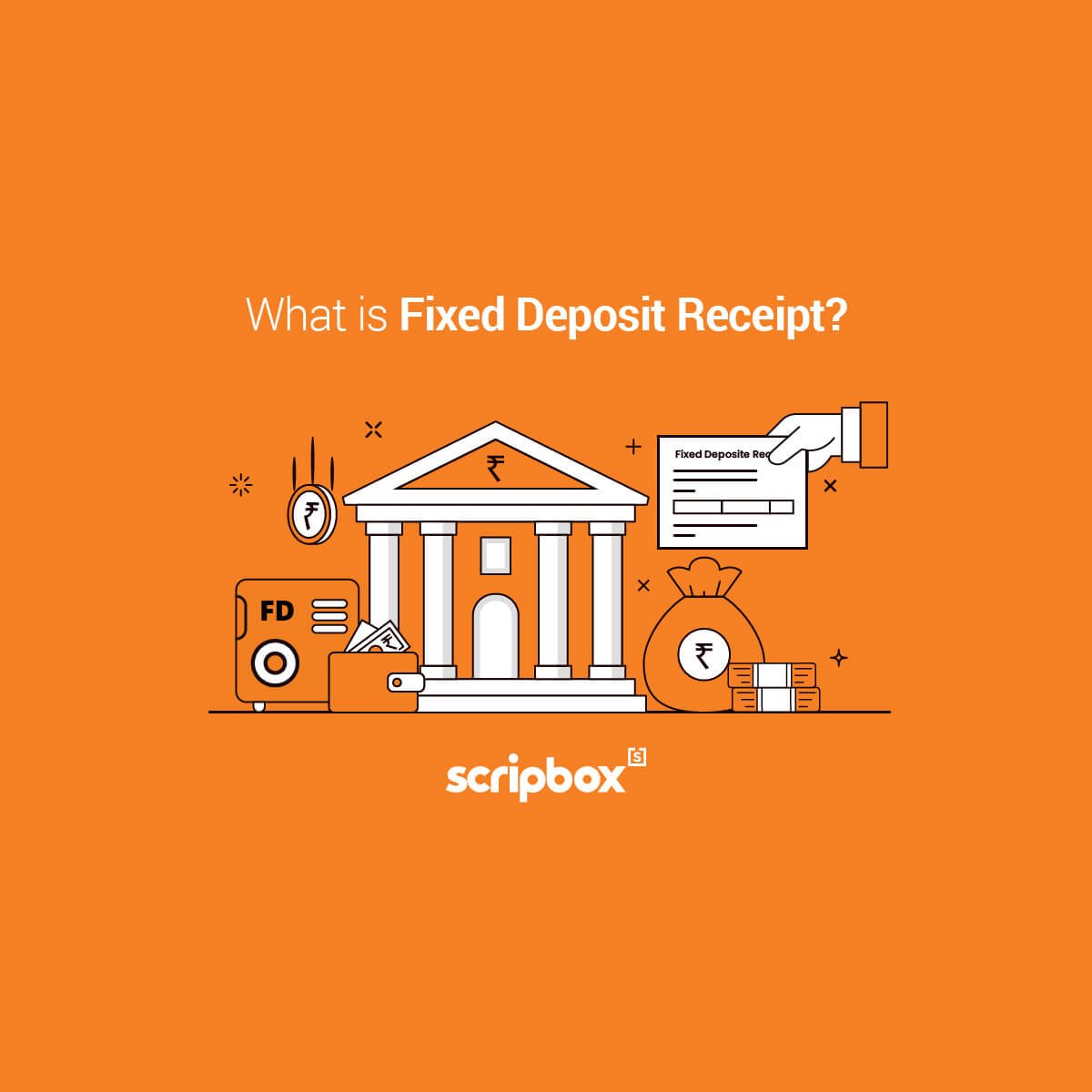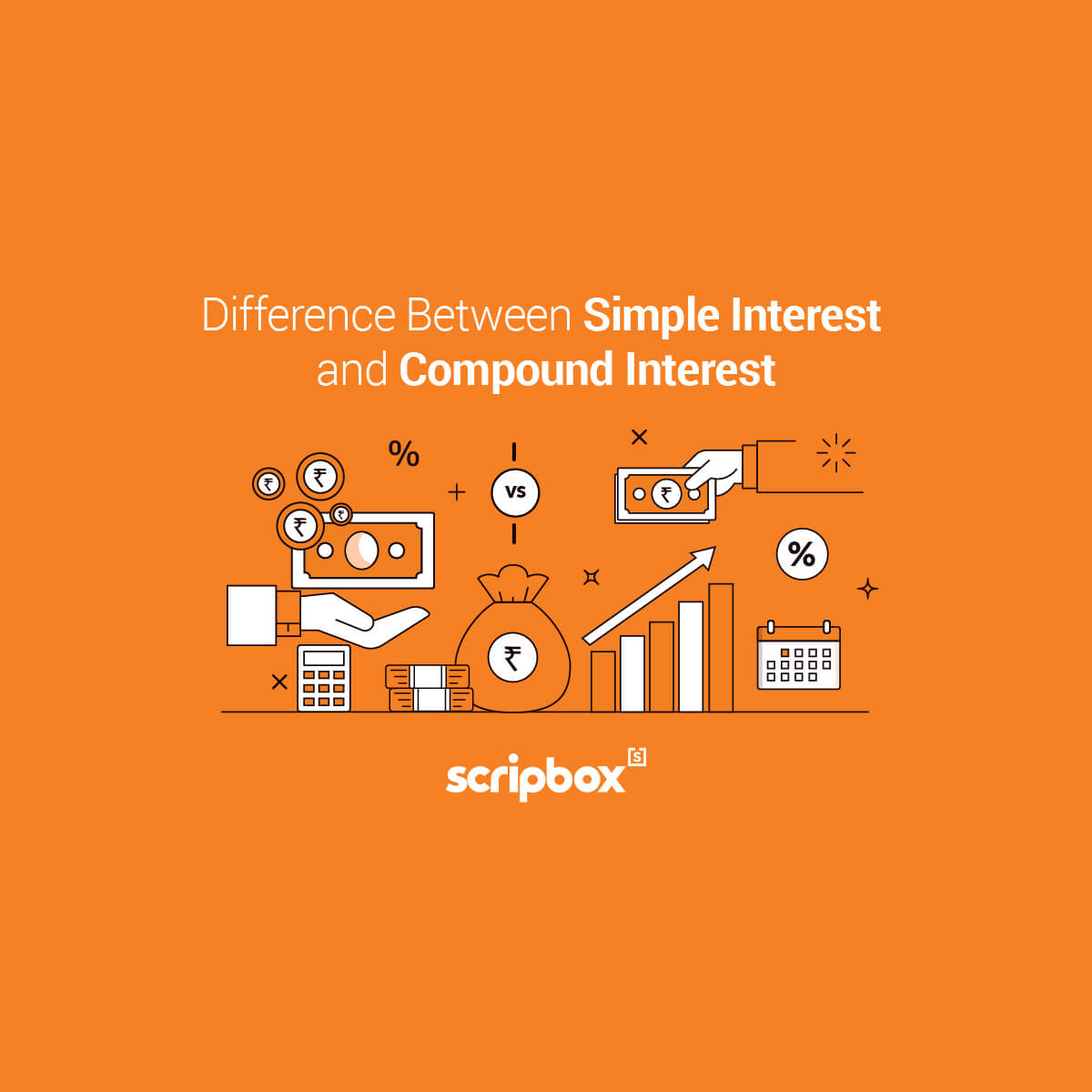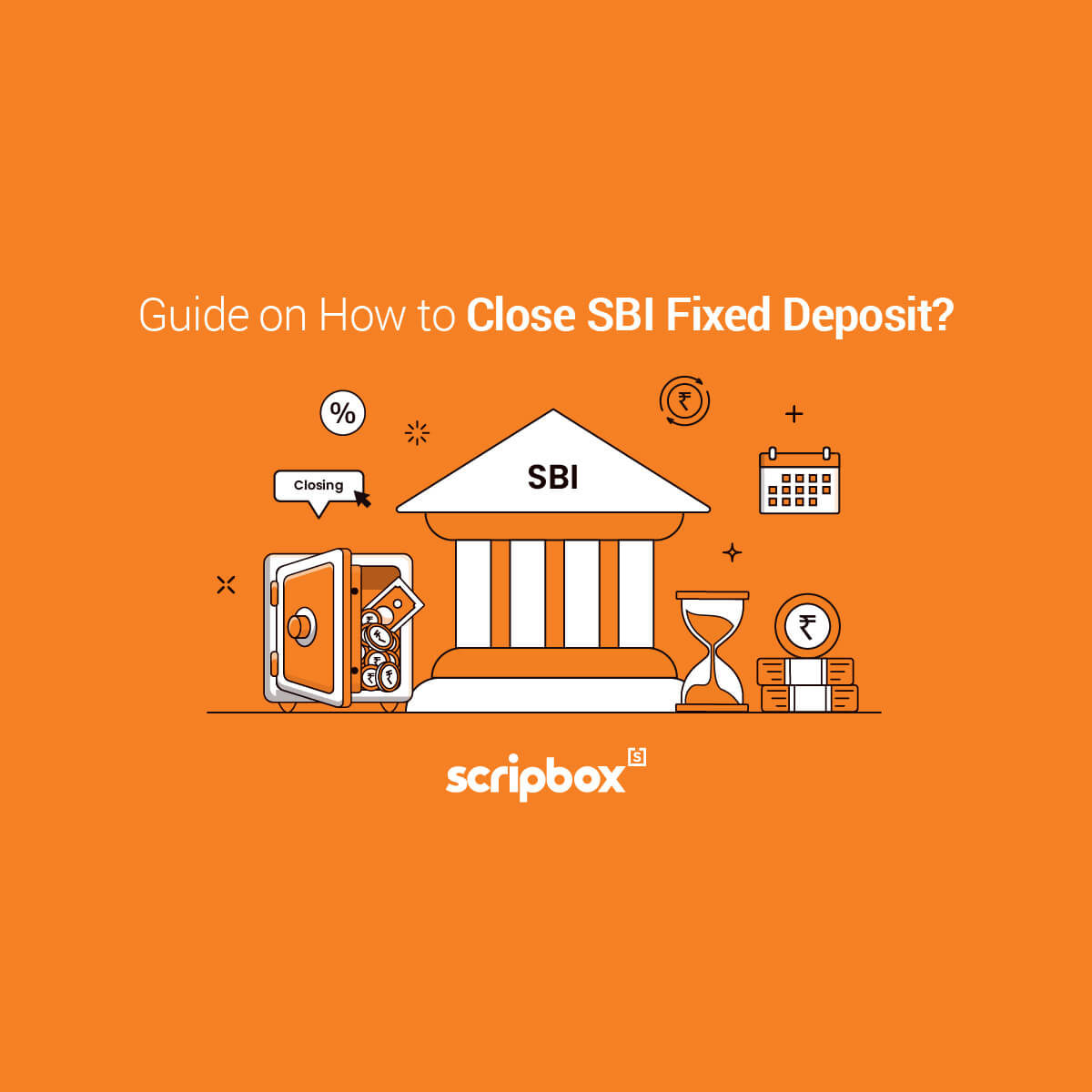Most of the investors who want to invest, look for the security of their money. The two most secure investment options available for Indian investors is the Public Provident Fund and Fixed Deposits. Both the investment instruments are suitable for investors who have low risk tolerance levels. How to choose between FD vs PPF?
Here, in this article, we will provide a complete guide on PPF vs FD and what is suitable to the investor.
What is a fixed deposit?
A fixed deposit is a financial instrument offered by a bank, post office and other NBFC(Non-Banking Financial Company). The interest rates are higher than the regular savings account. A fixed deposit is also referred to as a term deposit. As the name suggests, the deposit amount and the interest rate are fixed throughout the tenure of the fixed deposit account. Moreover, this money in fixed deposits is useful for banks as capital for other business operations. For instance, banks offer interest rates to issue loans is higher than the rate of interest they offer to fixed deposit account holders.
Currently, fixed deposits offer interest rates between 8-9%. This does not change even in a financial crisis or market volatility. Also, one can open a fixed deposit account very easily. Investors can also opt for tax saving fixed deposits that help them to save tax on interest earned. Furthermore, tax saving fixed deposits help individuals save tax under Section 80C of the Income Tax Act, 1961.
Who should invest in fixed deposits?
Any investor who is looking for a risk-free investment instrument can prefer investing in fixed deposits. The returns are predetermined in fixed deposit investments. Therefore, market fluctuations do not hamper the returns of fixed deposits.
There are many market linked instruments available for investors which offer higher returns. However, they are associated with high risks. To ensure balanced financial growth, investors need to seek safe investment options as well. Hence, fixed deposits are safe and lead to guaranteed returns, if they are from credible financial institutions.
What is a public provident fund?
The Public Provident Fund PPF is an investment cum tax saving instrument. PPF is a savings scheme launched by National Savings Institute in 1968. The Government of India backs this scheme. Hence, the returns are guaranteed. Also, some nationalised and private banks are authorised to accept PPF investments. The rate of interest on a PPF account is fixed by the government. Also, the interest payment on PPF is made on 31st March every year. A PPF account has a lock in of 15 years. Any individual can extend the scheme for a block of 5 years.
Investors can open only one PPF account. Multiple PPF accounts are not allowed. Moreover, Investment in a PPF account of up to Rs. 1.5 lakh qualifies for tax deduction under Section 80C of the Income Tax Act,1961.
Who should invest in a public provident fund?
Investors looking for fixed returns over some time then investment in PPF can be suitable to them. Also, PPF comes with a lock in period of 15 years. Therefore, if the investor is comfortable with keeping a certain portion of investment lock in for 15 years, then PPF is a scheme for them. Also, one can extend their PPF account for a block of 5 years throughout their lifetime.
Investors can also link their PPF investment to meet their financial goals like children education or marriage, buying a home and many more. Thus, any individual can add this product as a part of their fixed income portfolio for long term investment. Furthermore, investors who wish to save tax can invest in PPF to claim a tax deduction as per Section 80C.
Which is better (PPF vs FD)?
The following are the differences between PPF vs FD.
| Parameters | Public Provident Fund PPF | Fixed Deposit FD |
| Issuer | India Post Office and some authorised private banks like SBI, ICICI, etc. | Banks and NBFCs |
| Eligibility | Indian Residents only | Residents, HUFs, Trust, Corporation Firms, etc including NRIs |
| Joint Account | Not allowed | Allowed |
| Investment Tenure | Lock in period of 15 years ( can extend for a block of 5 years each time) | 7 days to 20 years |
| Minimum Deposit Amount | Rs. 50 any number of times in a financial year | Rs. 100 |
| Maximum Amount | Nil. However, an amount of Rs.150,000 is allowed for interest calculation in a financial year. | No Limit |
| Premature Withdrawals | Allowed only from the 7th financial year. | Allowed for any type of fixed deposits. |
| Interest Payment | Interest is paid on 31st March of every financial year. | Depends on the choice of the investor. (can be paid out regularly or on maturity) |
| Changes in Interest Rate | The Government of India announces it every quarter. | No pattern. |
| A Loan against Deposit | Available only after 3rd financial year | Available |
| Taxation on Interest Accrued (tax benefits) | Fully exempted from income tax. | Tax exemption upto Rs.1.5 lakh as per Section 80C |
| Taxation on Deposit (tax benefits) | Deposits quality for deduction as per Section 80C | NA |
Both fixed deposit and PPF guarantee returns in the form of interest. However, for both schemes, the tenure of investment varies. Investors can pick the tenure suitable for them based on their investment objectives. Also, investment in PPF has various tax benefits, i.e. it falls under EEE exemption category.
You may also like to read about Arbitrage Fund Vs FD
How is interest calculated in FD and PPF?
In the case of PPF, the interest rate is announced by the Ministry of Finance every quarter. The current ppf interest rate is 7.10%. The interest payments are made on 31st March every financial year. Moreover, the interest amount is predetermined on the PPF balance. Also, the interest on PPF is calculated based on the minimum balance in an investor’s account between the 5th day and the last of every month. Therefore, it is better to make PPF deposits on or before the 5th of the particular month. This will help the investor to earn interest on the deposit amount for the entire month.
The interest rate on fixed deposit is predetermined at the time of making an investment. Also, the interest rate remains constant throughout the investment. The interest on fixed deposit can be calculated in two methods, i.e. simple interest and compound interest.
However, to estimate the maturity amount, one can use the tools like FD calculator and PPF calculator available at Scripbox online platform. These tools are free of cost. Also, one can use multiple times to decide which is better PPF or FD.
Conclusion
Investing in fixed deposits or PPFs ensures that the investors’ hard-earned money does not go waste. Also, the funds should continuously grow rather than being ideal in an account. To maximise the tax benefit and invest for the long term, one can choose to invest in a PPF. On the other hand, investing in fixed deposits has the flexibility of choosing the tenure of investment.
However, a fixed deposit has tax benefit on interest earned, which qualifies for the deduction. Therefore, one makes a wise decision before choosing a product for investment which ultimately helps them meet their financial goals.
You may also like to read about the RD vs FD vs SIP
























Show comments